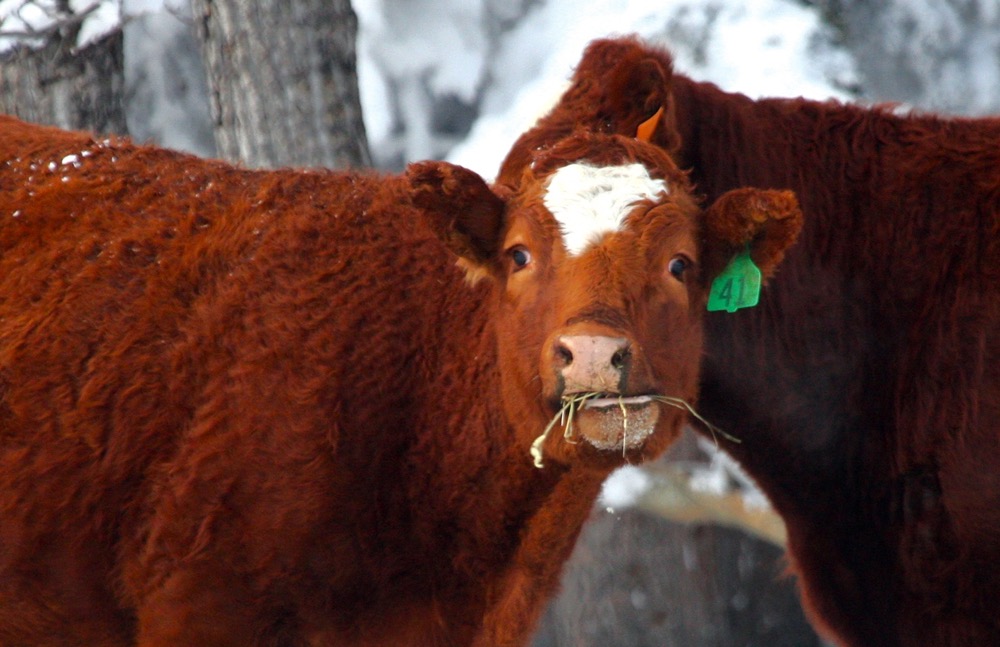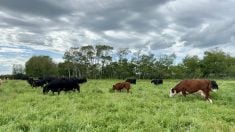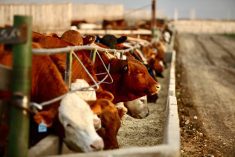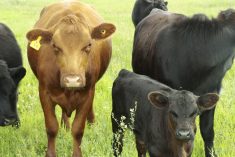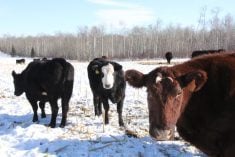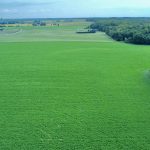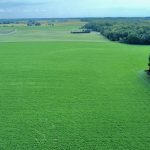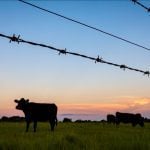From a feeding perspective, this fall looks to hold a great deal more promise than that of 2021. At the time of writing, slaughter prices are higher than a year ago and look good going into the fall. Feed availability is significantly greater than this time last year, particularly in Western Canada. Abundant feed supplies typically translate to lower feed prices and often to higher calf and yearling prices. While time will tell if this scenario materializes, if you are planning on feeding cattle this fall, now is a good time to reflect on 2021 and consider what opportunities the fall of 2022 offers for managing your feeding program.
One of the more obvious differences is that a year ago a large segment of the Northern Great Plains had gone through a severe drought that dramatically reduced the available forage supply going into the winter. Although pockets of the West remained dry, 2022 for the most part saw a return to “more normal” moisture conditions. Manitoba was the exception going from severe drought in 2021 to excessive moisture in many parts of the province in 2022. The improved growing conditions in 2022 affected hay and silage yields, which from early reports are dramatically improved over a year ago.
Aside from the potential for lower feed prices, an abundant forage supply makes life easier for both cow-calf and feedlot operators. It reduces dependence on alternative high-fibre feed sources such as oat hulls, screenings and straw. Depending on quality, it also reduces dependence on alternative protein and energy sources. In this regard, the importance of feed testing cannot be overemphasized. Knowing your forages’ nutrient content is essential when determining the type and level of supplemental feed required to meet performance expectations. If you have not already done so, sending representative samples of hay, green feed and/or silage for testing is a good first step toward planning your winter feeding program.
Read Also
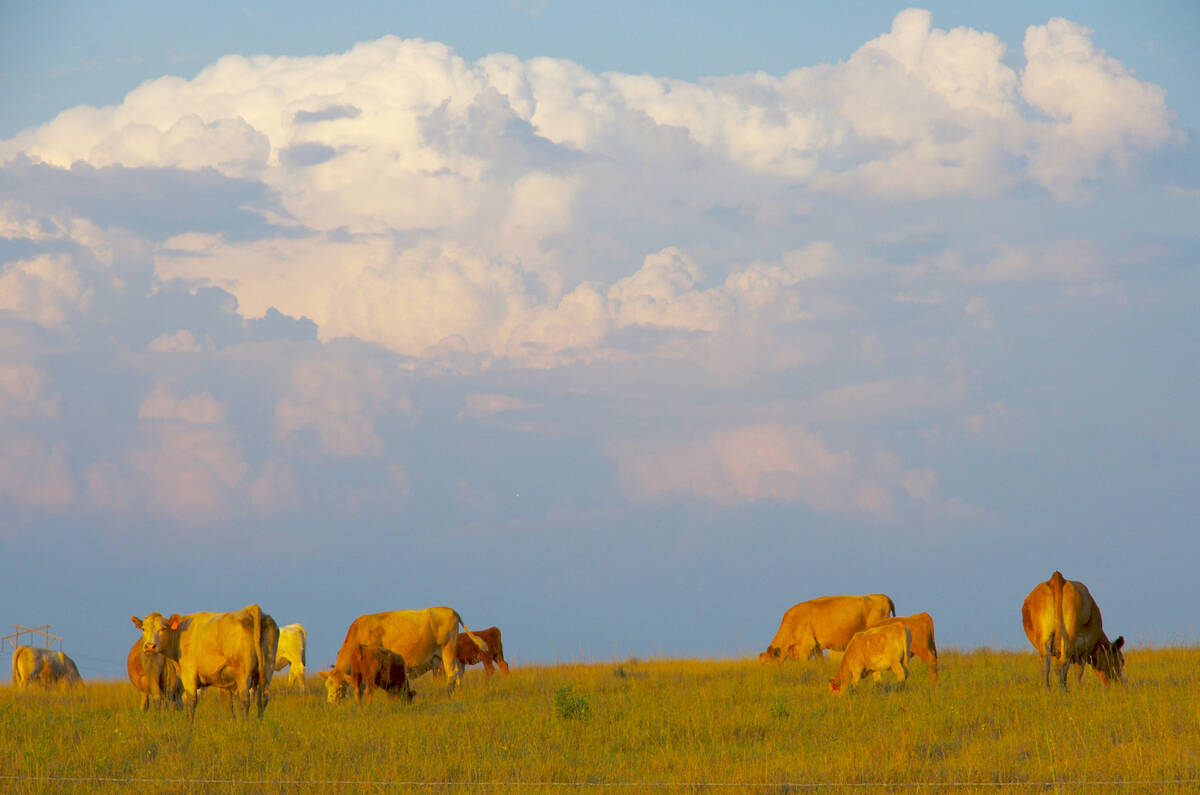
Canadian Beef Check-Off Agency reports on investments and activities
The check-off agency’s work behind the scenes is what ensures cattle check-off dollars are invested wisely, accounted for transparently and deliver measurable value back to producers and importers.
The 2022 feed grain picture is also markedly different than that of 2021. Tight supplies drove up barley prices in 2021 to the point that much of the western Canadian feeding industry switched to imported corn as an energy source. This situation appears to have reversed itself with current barley prices $100 per tonne or more below the highs of 2021-22. From a performance perspective, this switch will not have a great impact as cattle fed the two cereal grains have similar gains and feed efficiency. However, this switch will lessen the need for protein supplementation. Growing/finishing diets formulated with corn grain at eight to nine per cent crude protein require significantly more supplemental protein than diets based on barley at 11 to 12 per cent crude protein. Over the last 10 to 15 years, the feeding sector has relied heavily on corn or wheat-based dried distillers grains with solubles (DDGS) — or, to a lesser extent, canola meal — as supplemental protein sources. In Western Canada, DDGS has historically traded at a small premium to feed barley prices. This past year saw DDGS prices reach near-record highs, with premiums of $100 or more per tonne over that of cereal grain prices. Canola meal prices were also sharply higher in 2021-22.
The switch back to barley by western cattle feeders coupled with the increased forage supply should reduce protein demand and help bring the price of these ingredients back in line with historic values. When comparing DDGS versus canola meal as protein sources it is always a good idea to examine their relative contribution to both the energy and protein content of your ration. Corn-based DDGS is lower in crude protein (i.e. 30 to 32 per cent) than either wheat-based DDGS (i.e. 38 to 40 per cent) or canola meal (i.e. 38 to 40 per cent), but has the highest energy value of the three (i.e. 85 per cent versus 82 per cent versus 74 per cent TDN, respectively; all values DM basis).
As noted above, high-fibre byproducts such as oat hulls, grain screenings and cereal straw were in high demand in 2021. In many cases, these ingredients were used to supplement limited forage supplies. As one would expect, price kept pace with demand. As we move into the fall of 2022, demand for these products should not be as great, a situation that should help to bring down prices.
Another consideration this fall is the potential for mycotoxin contamination. The cool, wet spring conditions in some parts of the country were favourable for fusarium and ergot infestation. Both plant diseases affect cereals while growing in the field. Fusarium-derived mycotoxins such as deoxynivalenol (DON) or the ergot alkaloids can accumulate as the plant develops and, depending on concentration, present a health and performance risk to livestock. Byproduct feeds such as grain screenings can be a significant source, as they comprise weeds, chaff and broken/small kernels derived from a wide geographical area. If you are concerned about mycotoxin contamination, it is advisable to consult with a nutritionist/veterinarian. He or she can have samples tested and, depending on results, provide appropriate feeding recommendations.
In my next column, we will continue planning for the fall run with a look at what steps we can take at weaning/arrival to help calves get off to a faster, healthier start in the feedlot.


